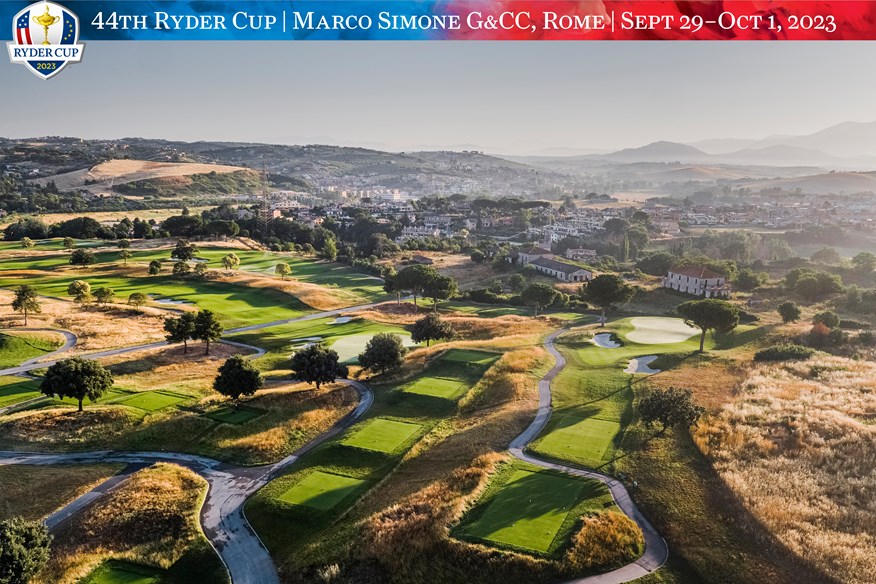Ryder Cup golf course designer Dave Sampson on how he created Marco Simone
Last updated:
When Dave Sampson won a competition in Golf World in 2002, he could not have imagined that two decades later he would be designing the course that would stage a Ryder Cup.
It seems, frankly, crazy that by far the biggest event in golf would be awarded to a virtually fictional venue – but that is essentially what happened in 2015.
When Italy went all out for the Ryder Cup, the capital Rome was their obvious choice of host city. Yet while the Colosseum, Spanish Steps, and Villa Borghese will provide evocative backdrops to Europe vs USA in the build-up to the 2023 matches, the Eternal City lacked a golf course fit for purpose.

Grand old courses such as Olgiata and Acquasanta are much admired, but they simply don’t have the less charming qualities of logistics, infrastructure, and space – never mind the yardage – to play host to a 21st-century Ryder Cup. So Italy’s bid had to get creative and Marco Simone was its solution.
To be fair, it did exist when Italy won the right to host the matches, and in fact, the original design from the late 1980s by Jim Fazio and David Mezzacane staged the Italian Open in 1994. That, however, was the last time anyone heard too much about it, so it’s hard to imagine it impressed too much during that week 29 years ago.
It had space, however – it sits in a sprawling 350-acre site owned by the family of the late fashion designer Laura Biagiotti – which meant it had potential. That it lies 30 minutes from the city center and has hilly terrain that provides thrilling downhill tee shots, natural viewing areas for spectators and panoramic vistas of the Eternal City were also in its favour.
As a result, the Italians committed to a total transformation of the course if they won. When they saw off the challenge of Austria, Germany, and especially Spain, they turned to European Golf Design (EGD), which is affiliated with the DP World Tour, to make Marco Simone Ryder Cup-ready.

Ross McMurray, who redesigned the Twenty Ten course at Celtic Manor when it was the host 13 years ago, still works for EGD. So does Robin Hiseman, the man behind the superb new course at JCB, and Gary Johnston, who has a fine CV that includes DP World Tour venue Montgomerie Maxx in Belek.
But the man entrusted by EGD with the Marco Simone job was South African Dave Sampson, who has his own interesting backstory.
A qualified landscape architect, he entered a competition run by our stablemate Golf World magazine in association with EGD to design a hole at Linna, a new course that the firm was building in Finland.
He won. And if you ever go to Linna, which is a Continental Europe Top 100 entry, his hole is the 487-yard, par-5 15th.
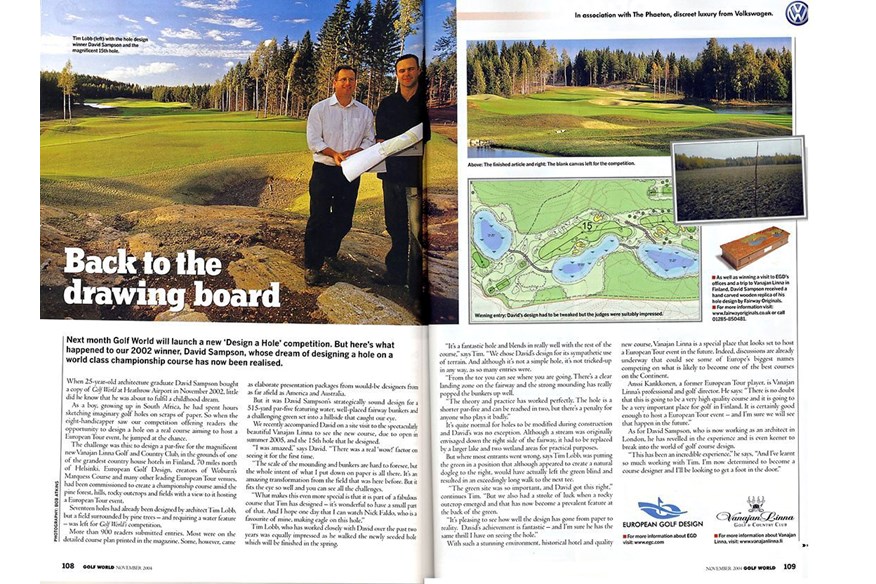
The Linna experience gave golf nut Sampson the taste for course design and, after he had learnt his trade as an architect while working as an analyst for Surrey County Cricket Club, he was hired by EGD.
His profile has increased over the past decade with work at Crans-sur-Sierre among others, but this is clearly his big moment, and, to his credit, he hasn’t swallowed a PR manual so isn’t trying to play it down.
“I still feel very fortunate and honoured to have been given the responsibility,” he tells TG. “It really feels like one of those ‘once in a career’ opportunities.
“That definitely brings extra pressure and so you question and analyse every design decision a few extra times. Not everyone will understand why certain things ‘are how they are’ but I’m confident in what we have created.
“My initial impression when I went to Marco Simone for the first time was one of ‘potential’. I had been briefed that not much of the existing course was going to be retained, so I was always treating the site as pretty much a blank canvas.
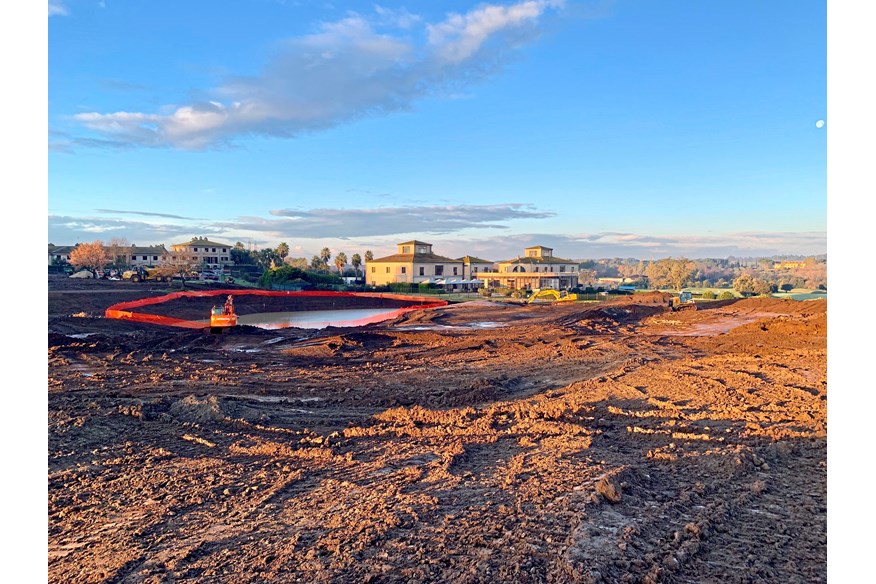
“In fact, none of the original course now remains – the only playing corridor that has been retained is the new 6th, previously the 8th.”
Sampson began work on the routing in 2017 and construction began the following year, with the back nine redeveloped in phase one. Those holes opened for play in the autumn of 2019, then work switched to the front nine. That was completed in early 2021, just in time for an Italian Open that was used as the first of Marco Simone’s three trial runs.
That only one fairway remains from the original indicates the comprehensive nature of the overhaul; it is, in effect, a brand-new course. But while Sampson speaks of a ‘blank canvas’, that’s not strictly true; in reality, he faced considerable constraints during the rebuild.
The Ryder Cup is the reason for the revamp and its needs naturally had to take precedence, with holes that encourage dramatic golf being the obvious emphasis.
“I have always been conscious that this is still a members’ golf club, with many of the rounds played by amateurs, so making sure the course is still playable and fun for them is important,” adds Sampson.
“That said, the layout and the holes have definitely been designed with matchplay golf in mind. The back nine is packed with risk-reward holes and the intention was to maximize these higher points and the best views with those holes.
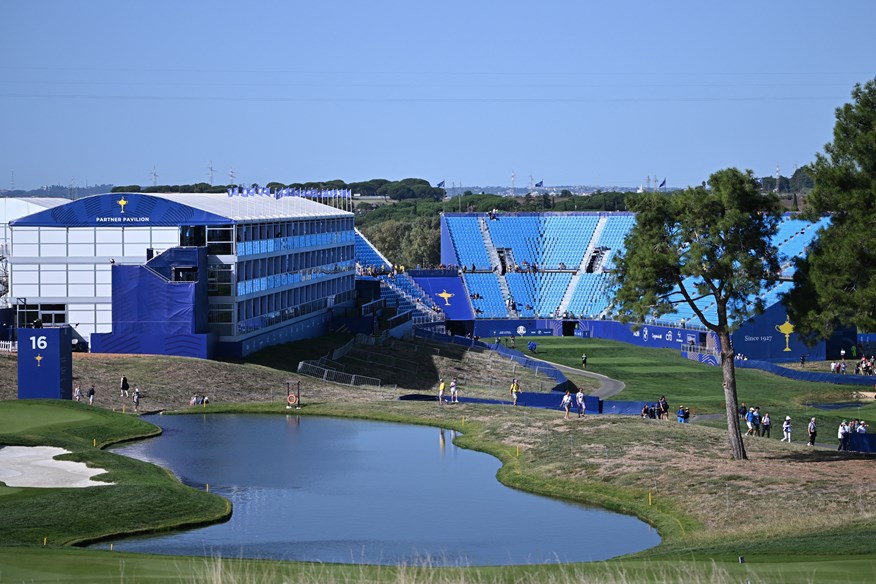
“The initial surprise on my first visit was the amount of elevation change across the site, which created a lot of potential for both holes and spectators.
“Standing on the numerous high vantage points, you were initially drawn to views of the surrounding rolling landscape, but that focus was then directed to the captivating views over Rome, with the standout building on the horizon being St Peter’s Dome.
“Those views over Rome played a key role in the routing, with the emphasis on placing them, as well as the most dramatic holes, towards the end of the round.”
The overhauled course was ranked No.6 in Golf World’s 2022 list of Italian courses, ahead of some big names that have been in the Continental European list. It is a strong, modern parkland in sensational condition and has an appealing number of holes where you can cut corners in a manner that will be perfect for pairs play.
The climax is unquestionably dramatic and let’s hope plenty of matches go deep into the round so they encounter the best holes. The last five will be epic, two strong par 4s followed by a drivable two-shotter, then a fabulous short hole. It concludes with a par 5 guarded by water short and left that, when you see it, you start wondering who this year’s Christy O’Connor Jnr will be (or its Azinger/ Stewart/Calcavecchia).

However, as odd as this may sound, creating exciting holes for the world’s third-biggest sports event was not Sampson’s only consideration. It is not a particularly palatable scenario, but Ryder Cup venues are always made-to-measure these days in order to facilitate the event’s infrastructure demands.
“Yes, unlike a normal ‘new’ golf site, on this project you are not only trying to find the best 18 holes the land has to offer, but you are also trying to find the best 18 holes for spectators, as well as factoring in all the additional space for hospitality units and a significant road network,” concedes the man who had to piece together that particular jigsaw.
Then factor in that Sampson had to liaise with not just one client – the club itself, as he normally would – but also Ryder Cup Europe and the Italian Golf Federation, then, a little further down the line, not one but two European captains. As a result, we can all imagine the headaches incurred along the way.

“It’s not often that a project runs 100 percent smoothly, and it would be fair to say that this one has been no different,” says Sampson.
“The easiest way to have built the new course would have been to shut the existing one down and build it all in one go. However, Marco Simone is still a members’ club at heart, and the club is loyal to them and wanted to make sure there were always 18 holes available, helped by the previous layout having 27 holes so we could shut one nine down at a time.
“This has led to us building the course and related infrastructure over four phases.
“Aside from some complicated phasing plans, throw in some archaeology restrictions – this is Rome! – major gas pipelines, re-routing of high voltage electric lines and their pylons, and then the Covid pandemic, there has been the odd challenge along the way.”
Of course, in testing times, Sampson could always pop into the office next to his at EGD HQ and ask McMurray for advice. Yet, as incredible as it sounds, even within the 13 years since Celtic Manor played host, things have changed.
“Ross and I would chat often, but it would be fair to say that the Ryder Cup has grown exponentially since Celtic Manor in 2010,” adds Sampson, a six-handicapper good enough to have won the European Institute of Golf Course Architects’ annual event this year. “The concepts are similar, but the required amount of space and infrastructure to put on this event is now much larger.”
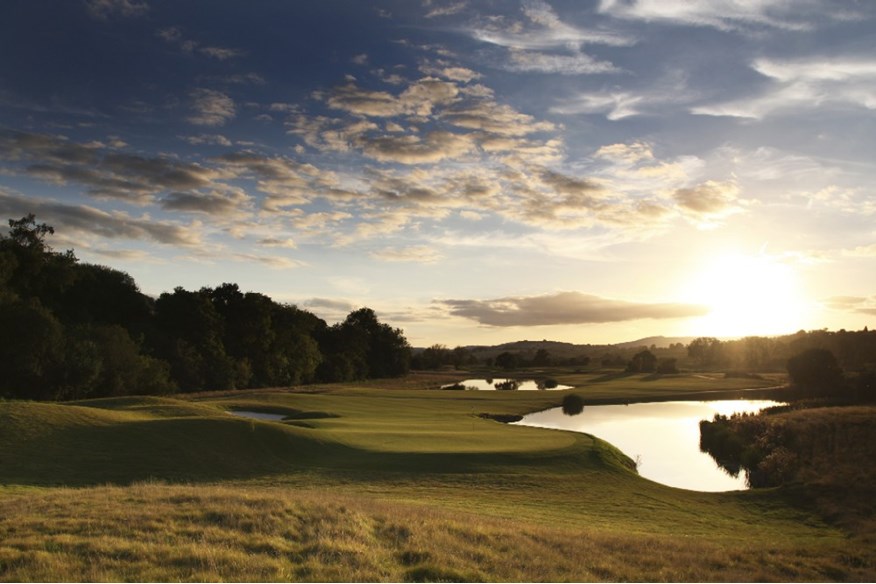
Sampson is wise enough to realize the Ryder Cup at Marco Simone offers the biggest imaginable exposure for his talents, as well as offering the biggest platform for amateur (and perhaps professional) course architects to critique his work.
So how pleased with it is he – and was it difficult not to keep tinkering, knowing the inevitable assessments that will be made?
“I am very proud of what we’ve produced and believe the course will prove to be a fair test,” he says. “Did I keep tinkering? Probably, but we were all on the same page in trying to make the course as good as it can possibly be.
“Every time I returned, I’d see something, but improving all the little details was vitally important.”
From fiction in 2015 to reality in 2023, the eyes of the golf world await Italy’s first Ryder Cup course.
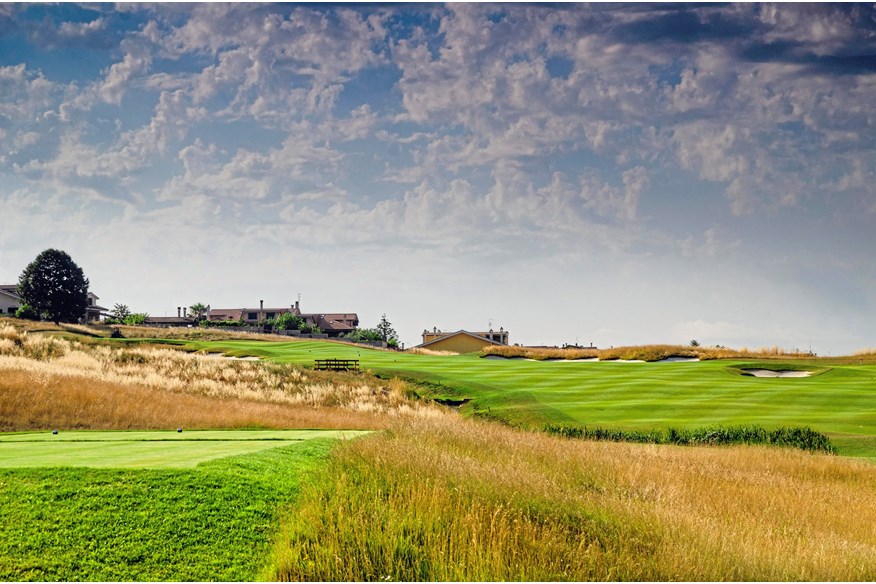
The architect on: Who will thrive on his course
I’d like to think it will test all parts of a player’s game. Like nearly all tournament golf, it will be an advantage to drive the ball well, but I wouldn’t say it would suit the bigger hitters more. The course is not overly long, but it has a nice mix of left-to-right and right-to-left dog-legs, up and downhill shots, as well as a good mix in terms of hole lengths.
With the elevation changes, one of the trickier aspects to it are the different stances the golfer encounters – there aren’t too many ‘flat’ lies out there, so controlling ball flight will be key. The greens have some undulation to them, and a good putter should do well, but there are definitely some ‘no-go’ misses in and around them.
What was clear in the Italian Open was that certain pin positions called for a different strategy, which was as intended and very pleasing to see.
READ NEXT:
– Making history: The Ryder Cup’s first female course superintendent
– Do players get paid for playing in the Ryder Cup
BECOME A TODAY’S GOLFER MEMBER: Unlimited access to premium content and exclusive rewards!
-
 Architect Dave Sampson on how he created Marco Simone
Architect Dave Sampson on how he created Marco Simone
-
 Team Europe and USA bags pictured outside Rome's Colosseum
Team Europe and USA bags pictured outside Rome's Colosseum
-
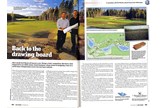 Dave Sampson got his break by winning a competition to design a single hole in Finland
Dave Sampson got his break by winning a competition to design a single hole in Finland
-
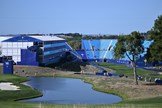 Marco Simone's back nine is packed with risk-reward holes
Marco Simone's back nine is packed with risk-reward holes
-
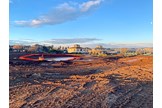 Sampson was given a blank canvas to make the course Ryder Cup-ready
Sampson was given a blank canvas to make the course Ryder Cup-ready
-
 Marco Simone is Italy's first Ryder Cup course
Marco Simone is Italy's first Ryder Cup course
